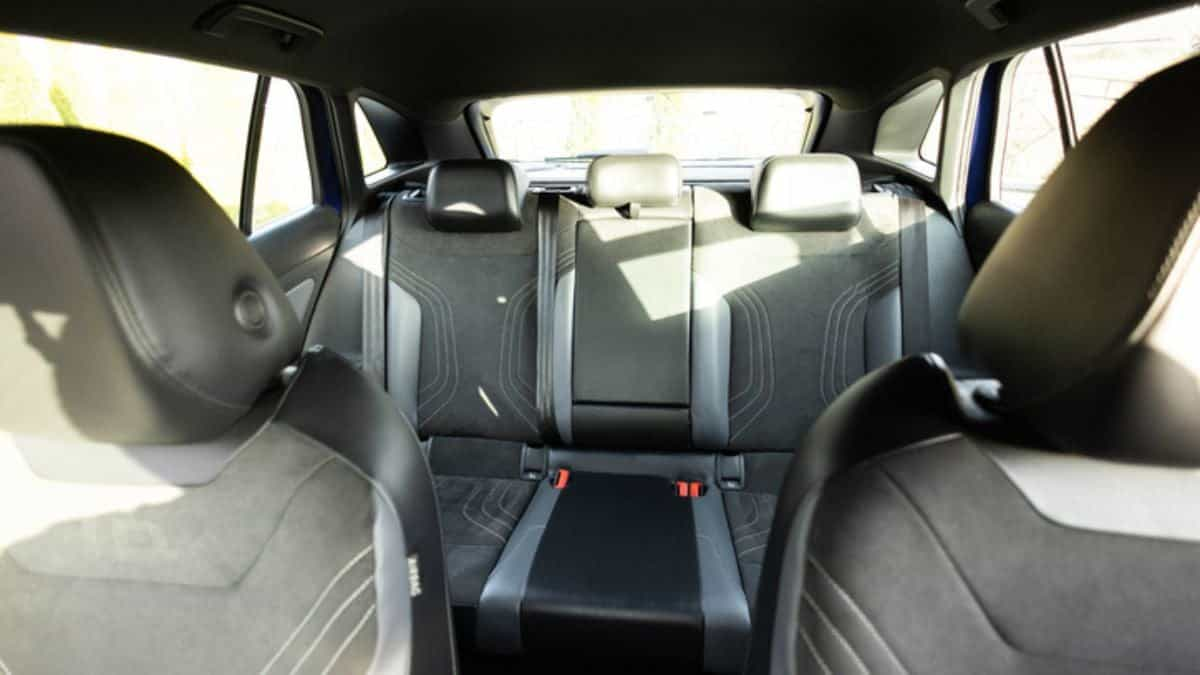Show table of content Hide table of content
When driving, safety should always be our top priority. One often overlooked safety measure involves securing all seatbelts in your vehicle, regardless of occupancy. This simple practice not only protects potential passengers but can also save the driver’s life in unexpected situations. Taking small acts that make a significant impact on safety should become second nature for all drivers.
Why securing empty rear seatbelts matters for your safety
Many drivers overlook the importance of buckling rear seatbelts when no passengers occupy these seats. This oversight can lead to dangerous consequences during accidents or sudden stops. Traffic safety organizations worldwide, including Spain’s General Directorate of Traffic (DGT), strongly recommend this practice to prevent what experts call the “elephant effect.”
The “elephant effect” describes the devastating force generated by unsecured objects or bodies during a collision. To put this in perspective, a 75 kg passenger in a vehicle hitting an obstacle at 60 km/h can strike the front seat with approximately 4.2 tons of force—equivalent to an elephant’s weight.
News This TikToker buys a used van and realizes it has a hidden surveillance device.
In older vehicle models particularly, rear seats aren’t always permanently fixed. These seats may shift or deform during abrupt maneuvers or impacts. Buckling the seatbelts helps stabilize these seats, preventing their deterioration and strengthening overall vehicle structural integrity. This preventive measure resembles how simple methods can eliminate potential dangers in other aspects of our lives.
Modern safety experts emphasize that buckling all seatbelts creates a more secure vehicle environment. Even with no passengers, this habit reinforces the vehicle’s safety structure and prepares it for unexpected situations. Developing this safety consciousness requires minimal effort but offers maximum protection, similar to how consistent daily habits contribute to long-term benefits in other areas of life.
Protecting against cargo shifts during emergency braking
When we transport luggage in the trunk or on the rear seats, these items become potential projectiles during sudden stops. Physics dictates that unsecured objects continue moving forward at the vehicle’s previous speed when braking occurs. This natural phenomenon can transform ordinary belongings into dangerous missiles directed toward the driver and front passenger.
Fastened seatbelts create a barrier that helps prevent cargo from the trunk from entering the passenger compartment during collisions. This protection works similarly to how eliminating distractions improves focus—by removing potential hazards from your environment.
Consider this scenario: you’re driving with groceries on your rear seat and must brake suddenly to avoid an accident. Without secured seatbelts holding the seat in place, both the seat and your groceries could slide forward, potentially causing injuries. This risk multiplies when carrying heavier items like sports equipment, tools, or luggage.
When traveling with pets, properly securing rear seatbelts becomes even more crucial. Unsecured animals can become seriously injured and may injure human occupants during accidents. Understanding these dangers helps pet owners avoid common mistakes when traveling with animals and ensures everyone’s safety.
Parents should particularly note this safety measure, as teaching children about proper vehicle safety establishes lifelong habits. Just as seemingly harmless phrases can impact children’s development, overlooking safety measures can unintentionally model dangerous behaviors.
Building lifesaving safety habits behind the wheel
Developing consistent safety routines transforms occasional precautions into automatic behaviors. Just as some people discover that small daily habits can yield significant health benefits, incorporating safety measures like buckling all seatbelts can produce life-preserving results.
News Bat wings after 50? Here’s the most effective exercise, according to a coach.
Safety experts recommend creating a pre-driving checklist that includes securing all seatbelts. This practice takes mere seconds but could save lives during emergencies. By making this action automatic—like checking mirrors or adjusting your seat—you ensure consistent protection regardless of passenger presence.
Vehicle manufacturers continue improving safety features, but driver habits remain crucial for maximizing these protections. Modern cars often include seat occupation sensors and warning systems, yet these technologies might not detect unsecured seatbelts without passengers. The responsibility ultimately falls on drivers to implement comprehensive safety practices.
Communities benefit when drivers share safety knowledge with others. Much like how individual actions can save many lives, educating friends and family about securing all seatbelts extends protection beyond your vehicle.
Remember that vehicle safety evolves through both technological advancements and improved human behaviors. By combining proper equipment use with consistent safety practices, drivers create multiple layers of protection against unexpected dangers. This approach minimizes risks for everyone on the road while fostering a culture of responsible driving.
The next time you get behind the wheel, take that extra moment to secure all seatbelts—even in empty seats. This simple action demonstrates your commitment to comprehensive vehicle safety and could prevent tragedy during unexpected circumstances. Safe driving involves more than following traffic rules; it encompasses preparing your vehicle for any situation that might arise on the road.


